In this captivating collection, we present over 100 high-definition (HD) images of striking shoulder tattoos for men. These images will inspire you with their artistry, intricate detailing, and diverse styles. From traditional designs to contemporary masterpieces, this gallery is sure to ignite your imagination and help you find the perfect shoulder tattoo that resonates with your unique personality. Explore this stunning visual compilation and embark on a journey of inked self-expression.
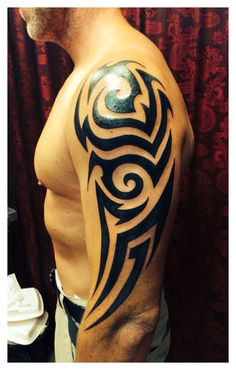
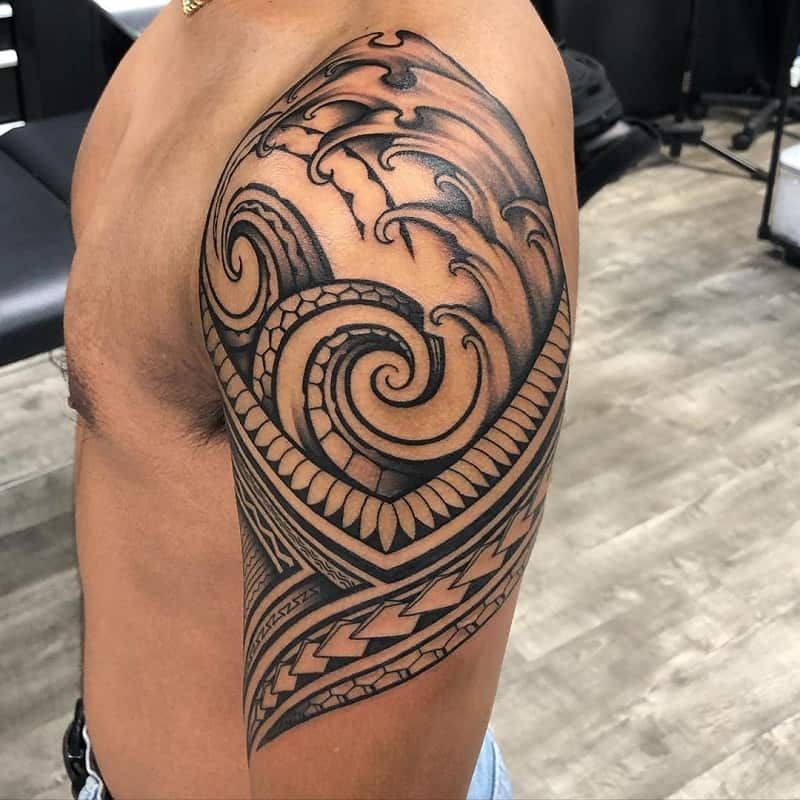


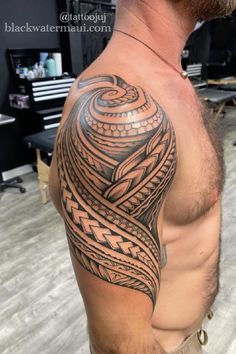
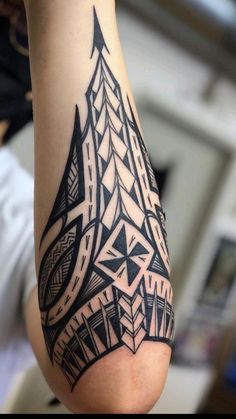
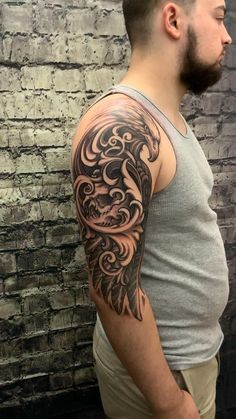
Pros of Shoulder Tattoos
- Ample Space: The shoulder offers a generous and relatively flat surface for tattoo placement, allowing for larger, more intricate designs or the possibility of expanding into a sleeve tattoo.
- Versatility: Shoulder tattoos can be easily concealed with clothing or showcased by wearing sleeveless or off-the-shoulder attire, providing the flexibility to display or hide your ink as desired.
- Less Painful: Compared to areas with thinner skin or more bone, the shoulder is generally considered to be less painful for tattooing, making it a suitable option for those concerned about discomfort.
- Visibility: Shoulder tattoos are visible to the wearer, allowing for personal appreciation and a constant reminder of the design’s significance.
- Symbolic Significance: Shoulder tattoos can hold deep personal meaning, serving as representations of important life experiences, values, or aspirations.
Cons of Shoulder Tattoos
- Limited Privacy: Although shoulder tattoos can be concealed with clothing, there may be instances when you want to cover them entirely, such as for formal events or professional settings.
- Healing Challenges: Depending on the specific placement, certain movements and clothing may rub against the tattoo during the healing process, potentially causing discomfort or prolonging the healing time.
- Potential Distortion: As the body ages, the skin on the shoulder may undergo changes, potentially causing some distortion or stretching of the tattoo over time.
- Limited Surface Area: While the shoulder offers a decent amount of space, those desiring extremely large or complex designs might find the area somewhat restrictive compared to other parts of the body.
Other Key Information
- Design Placement: Shoulder tattoos can be placed on the front, back, top, or sides of the shoulder, depending on personal preference and the desired aesthetic.
- Tattoo Styles: Explore various tattoo styles such as traditional, realistic, neo-traditional, blackwork, illustrative, or watercolor to find the style that resonates with your vision.
- Choosing a Tattoo Artist: Take the time to research and find a skilled and reputable tattoo artist who specializes in the style you desire. Look for portfolios, read reviews, and schedule consultations to ensure a good fit.
Frequently Asked Questions (FAQ)
Q: Are shoulder tattoos painful?
A: Pain tolerance varies from person to person, but generally, shoulder tattoos are considered less painful compared to areas with thinner skin or more bone. However, pain levels can depend on factors like individual pain thresholds, the size and complexity of the design, and the skill of the tattoo artist.
Q: How long does it take to get a shoulder tattoo?
A: The time required for a shoulder tattoo depends on various factors, including the design’s size, intricacy, and the individual’s pain tolerance. A small shoulder tattoo may take around one to two hours, while larger and more detailed designs could require multiple sessions spanning several hours each.
Q: How do I choose the right shoulder tattoo design?
A: Choosing the right design is a personal decision. Consider your interests, passions, and symbolism that resonate with you. Research different styles, consult with a skilled tattoo artist, and gather inspiration from various sources like tattoo magazines, online galleries, or social media platforms.
Q: How do I take care of a fresh shoulder tattoo?
A: Proper aftercare is crucial to ensure your tattoo heals well. Follow your tattoo artist’s instructions, which usually involve keeping the tattoo clean, applying a recommended ointment or lotion, avoiding excessive sun exposure, and refraining from picking at scabs or scratching the area.

